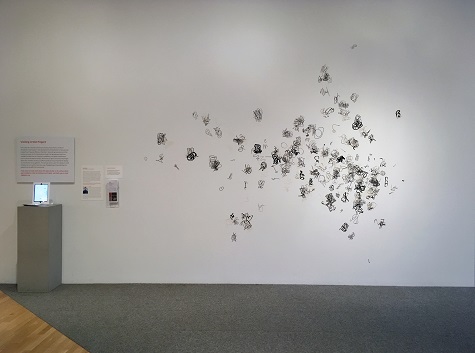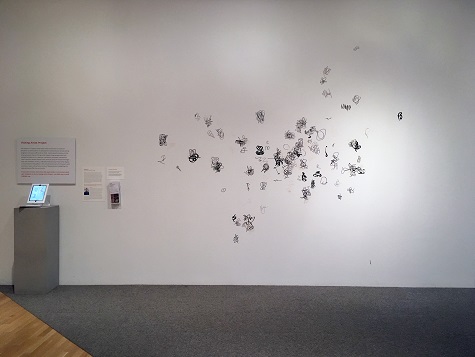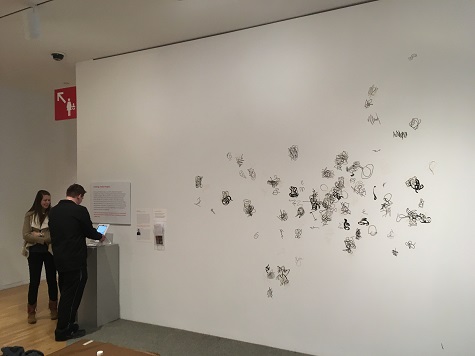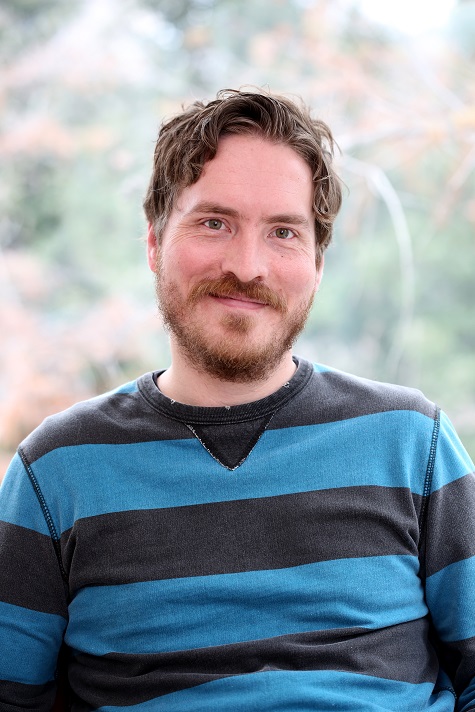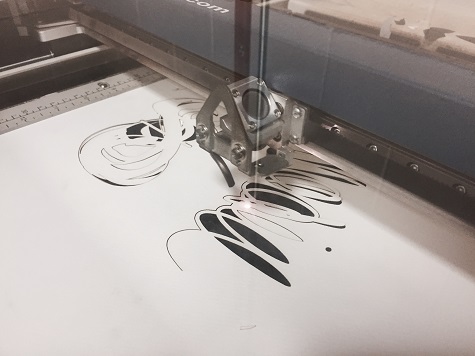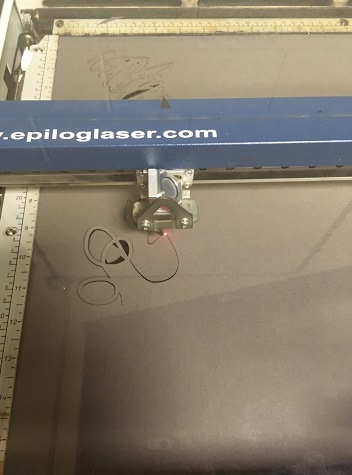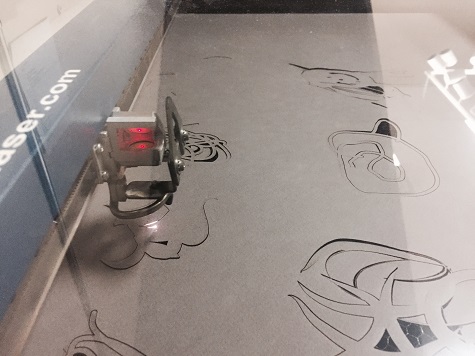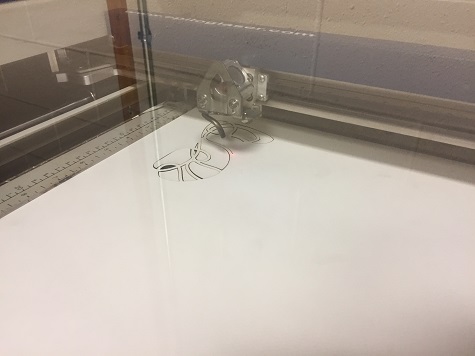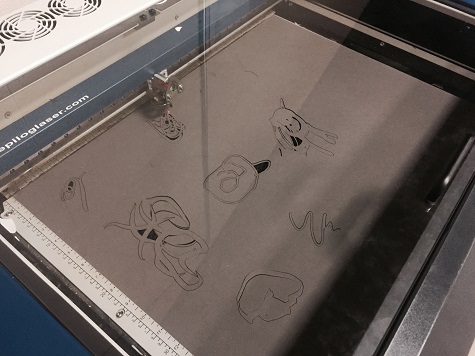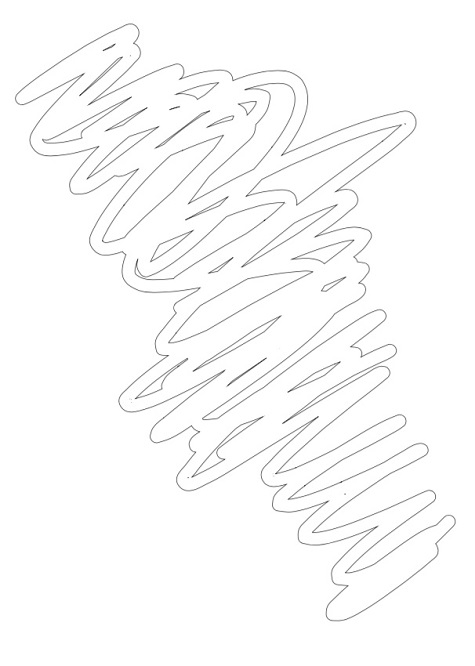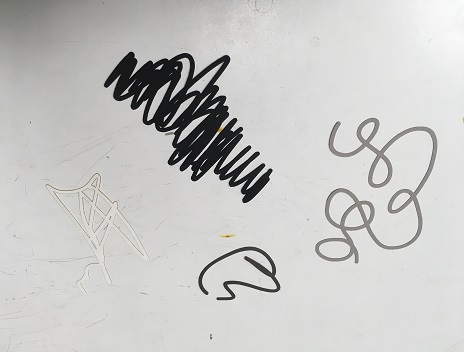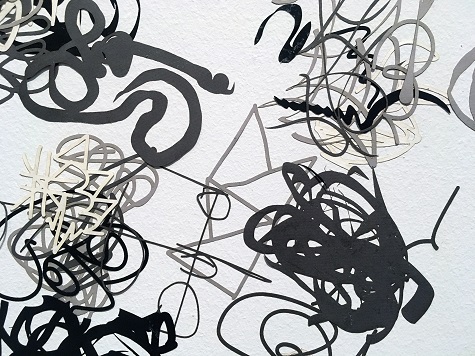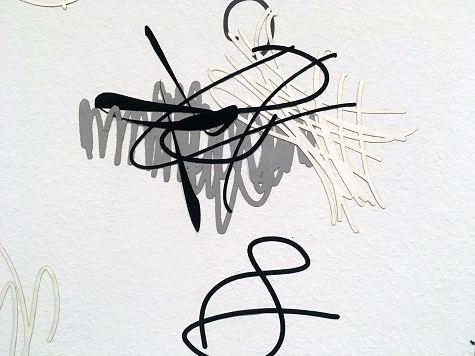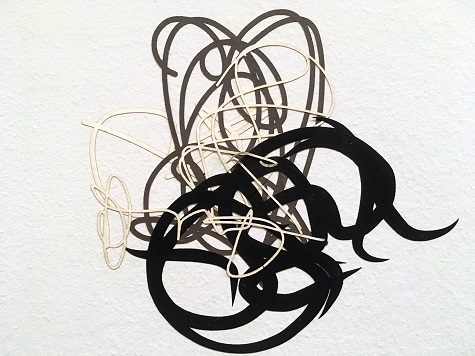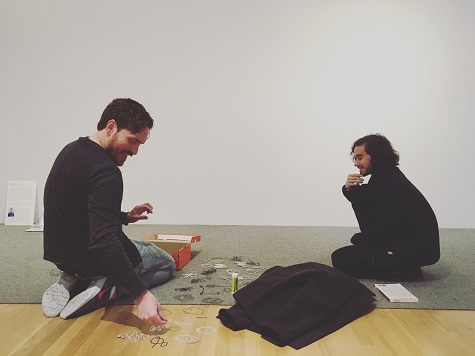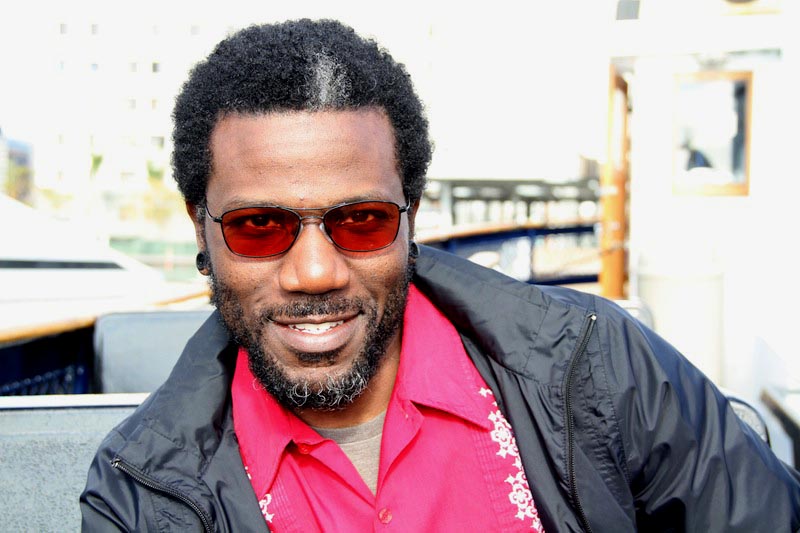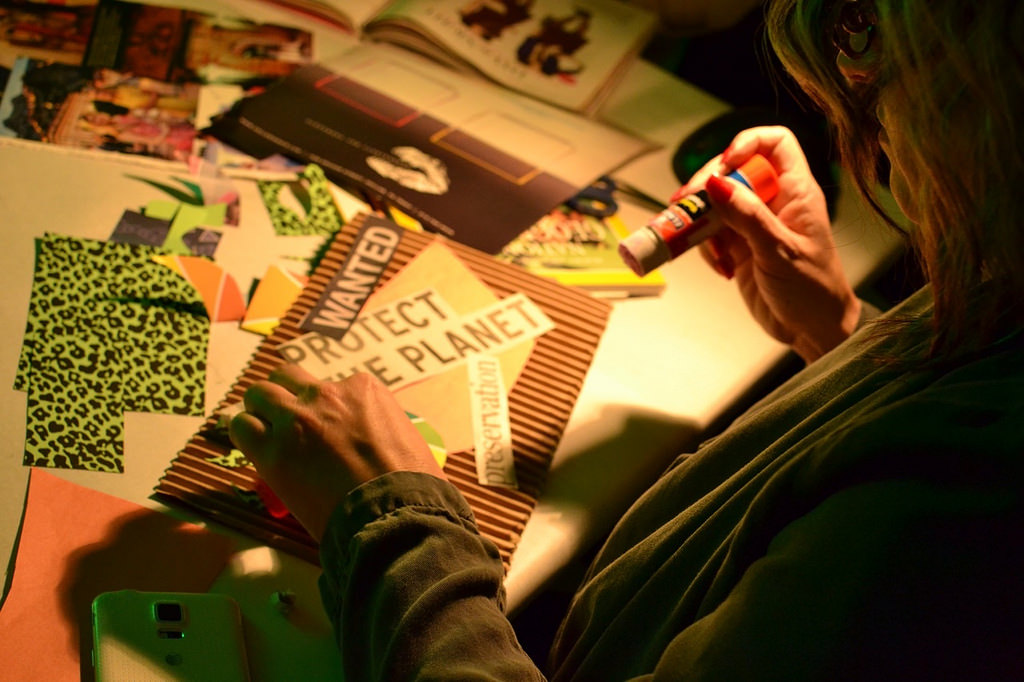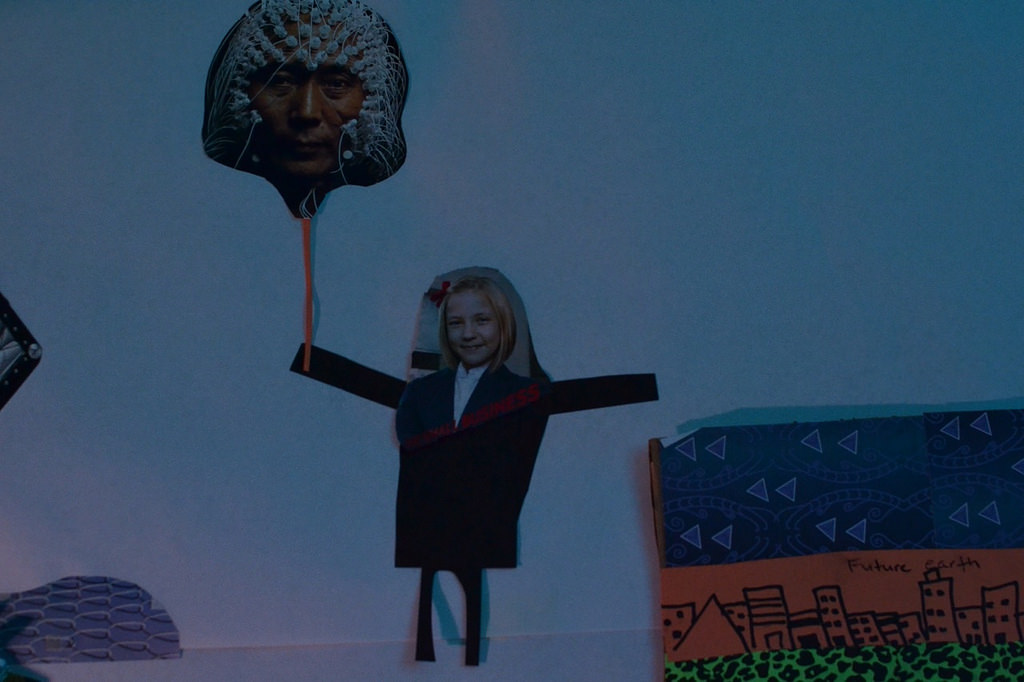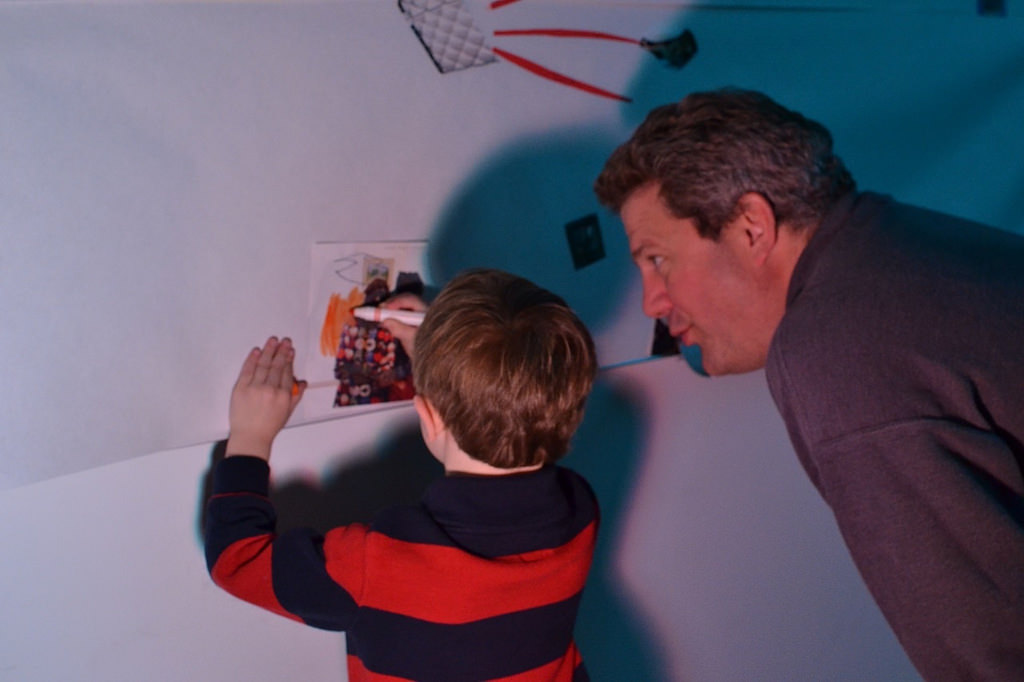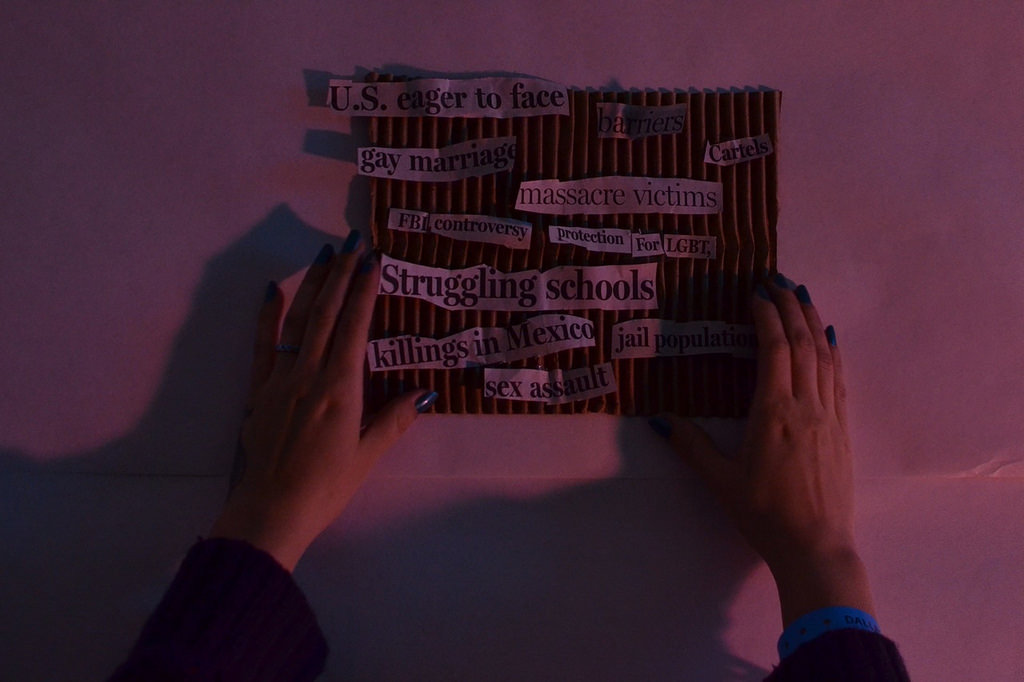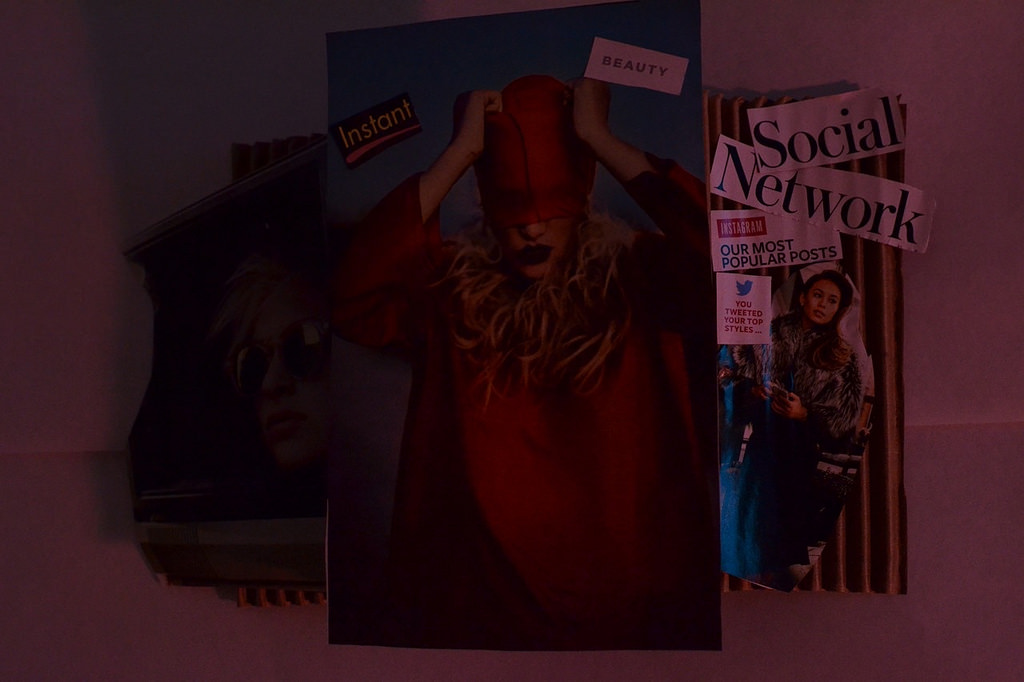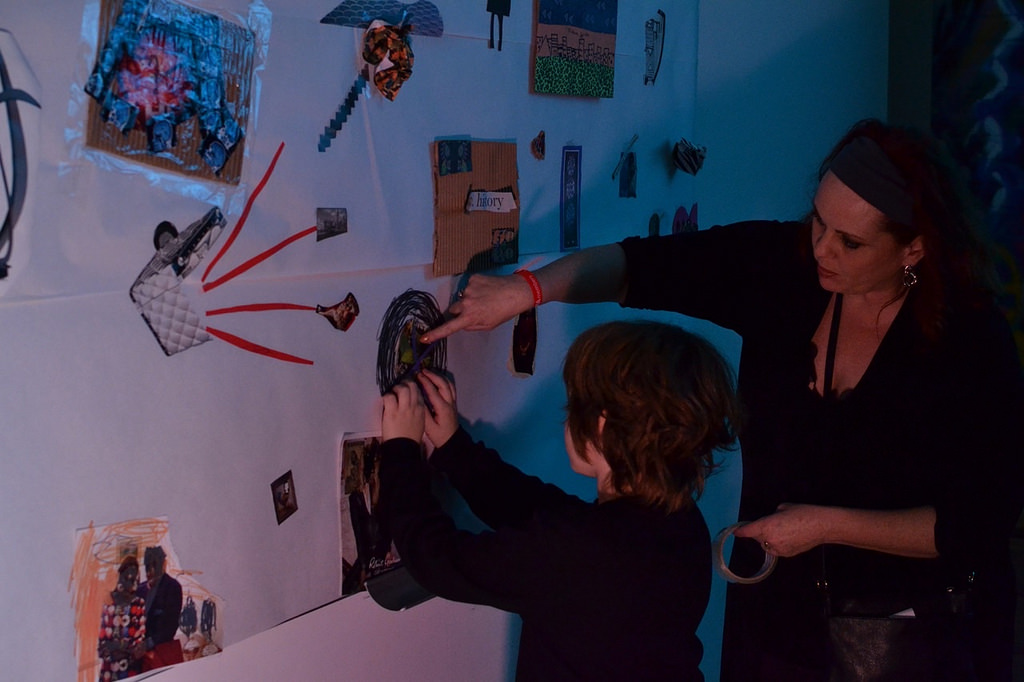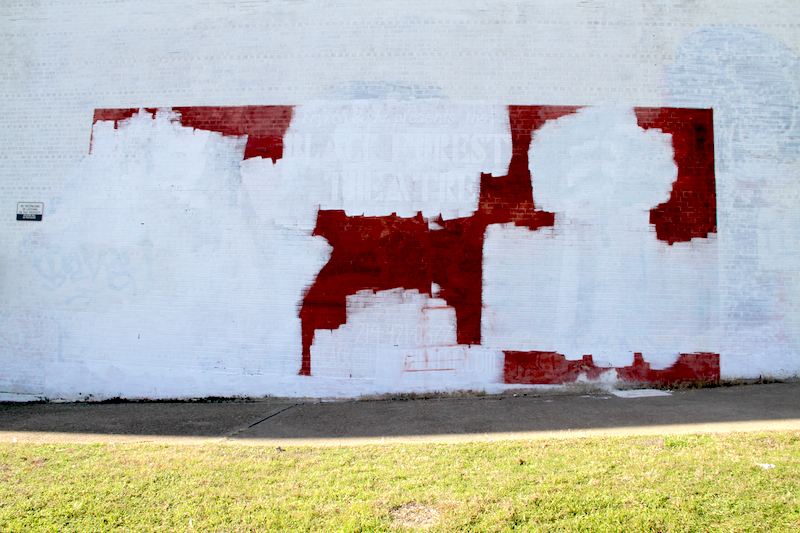Last month, our first C3 Visiting Artist of 2018, Timothy Harding, began his participatory installation in the Center for Creative Connections (C3). We’ve enjoyed watching the project grow as Harding adds new contributions to the installation biweekly. Learn more about the artist, his process, and his experiences at the DMA.
Tell us about yourself. (In 50 words or less)
I’m an artist based in Fort Worth, a die-hard Dallas Stars fan, and proud owner of a cat named Clyde. When not cheering on my team, I work in my studio and teach at Tarleton State University in Stephenville.
What motivated you to apply to the C3 Visiting Artist Project?
Recently my practice has been confined to the studio with no outside collaboration. I was interested in coming up with a project that would allow me to collaborate with others and open the opportunity to explore methods that I have not previously used. This is the first project I’ve done that is almost entirely digital in execution and produced with people who I never directly interact with. I’m excited to see how this might impact my practice moving forward.
Tell us about the installation you’ve created in the Center for Creative Connections.
The installation is a site-specific line drawing made up of hundreds of individual marks. This ongoing work is produced from scribbles and gestures left by Museum visitors on an iPad. Visitors leave their mark in a program and send it to me over the creative cloud. From there I make a couple of slight alterations to the file and cut them out via laser cutter in varieties of gray, black, and white paper. After cutting, I visit the Museum and add to the installation. The marks are layered in a manner that allows each to be noticeable while working together to produce an intricate whole.
Do you have any favorite visitor contributions you’d like to share?
I can’t say I have any specific favorite marks that have been sent yet. What I have found most interesting about this project is the number of unique marks I receive on a daily basis. Earlier projects have used my own scribbles, which are very familiar to me. It’s refreshing to find new marks and think about the decision making of that viewer without knowing who they are or anything about them.
What have you enjoyed most about this experience so far?
I’ve enjoyed interacting with Museum-goers. I had the opportunity to give a presentation to an engaged group of people about my work and this project. That was a very rewarding experience. Other interactions have been more casual and occur during installation. People of various ages, from children to adults, seem curious about the project and what is happening. It has been fun to have casual conversations with them and solicit their contributions.
C3 Visiting Artist Timothy Harding will lead a Teen Tour and a Teen Homeschool Workshop in April. Learn more about upcoming Teen Programs here.
Jessica Fuentes is the Manager of Gallery Interpretation and the Center for Creative Connections at the DMA.
